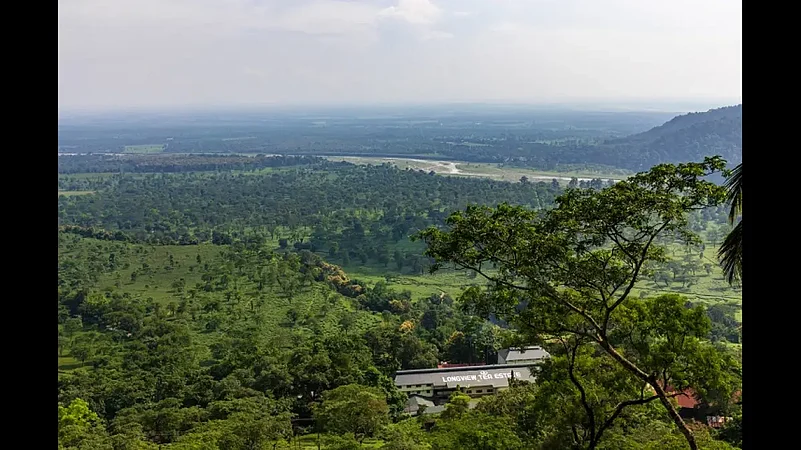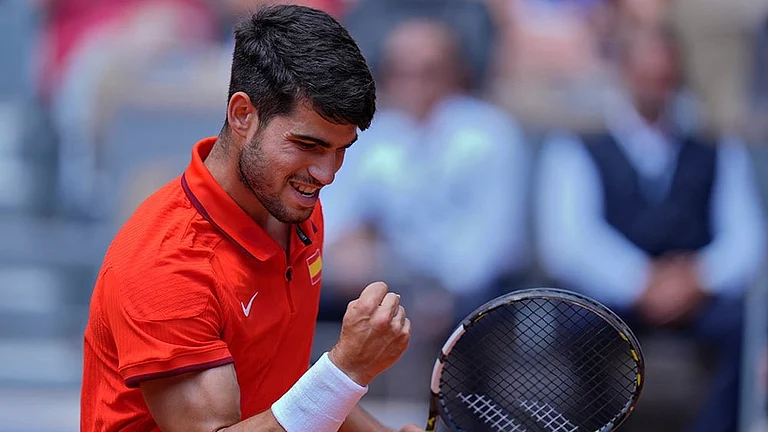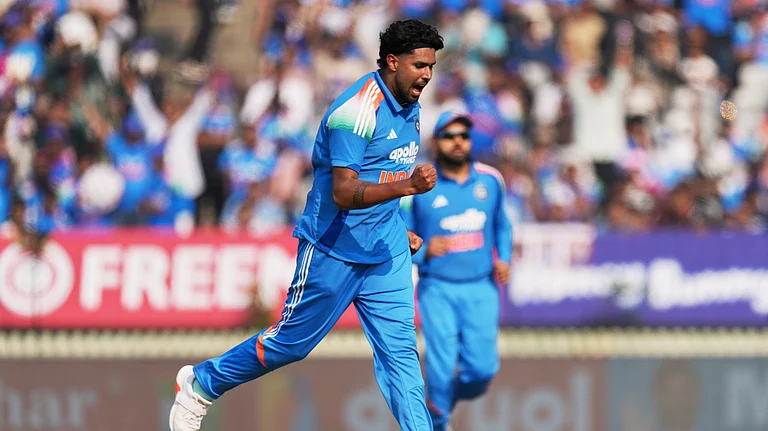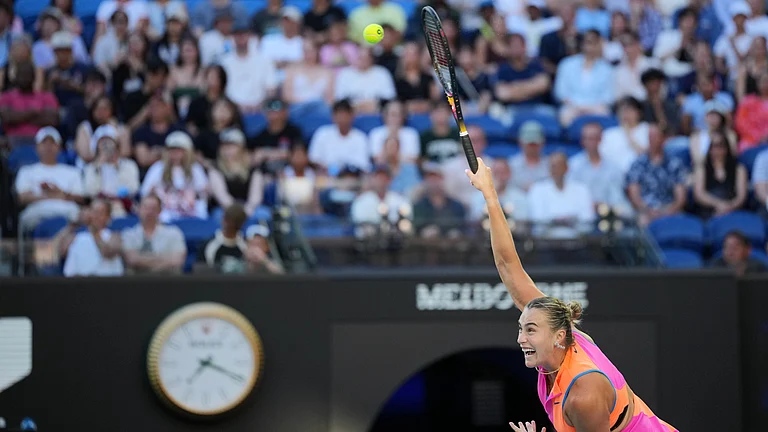Tomes have been written about the exclusive variety of tea grown in the Darjeeling hills and Dooars regions of West Bengal, about how this two leaves and a bud, still processed in the orthodox way at the age-old factories, to produce the ‘champagne of teas’. But little has been documented about the lavish bungalows that were home to the tea garden managers, or the ‘burra sahib’ as they were known as then.
So this International Tea Day, let photographer Nikhil Kapur tell you about the vintage buildings or the ‘burra bungalows’ he discovered on these estates, about the colonial architecture and the antique artefacts still found in many of them. You can take a photo tour of these bungalows through Kapur’s lens, and know about the lifestyle of the people who lived here and about the tea gardens, in the book ‘Burra Bungalows of North Bengal’.
(Note: the northern part of West Bengal is colloquially referred to as ‘north Bengal’)
What led you to the subject of Burra Bungalows for a book?
The idea was actually initiated by INTACH Calcutta Chapter. They had done a previous book on Burra Bungalows of Assam. That was a basic documentation of the bungalows in tea gardens of Assam. Photos were contributed by various people to catalogue the buildings. INTACH then decided to cover the West Bengal gardens as well.
Each and every heritage Burra Bungalow deserved to be captured in the best way possible. I did have to compromise in certain situations, as I was covering four to five gardens in a day, so I really didn’t have time to plan each shot every day. I had to work with the light available to me at the time I arrived at the locations. But within those limitations, I feel the photographs do justice to the locales and architecture.
Which was the first bungalow that you shot? What was your first impression when you saw the bungalow?

Gungaram in Terai was the first Burra Bungalow I visited for this project. The bungalow is a fairly simple structure, nothing that really stands out in terms of design. It’s large, like all burra bungalows, with immaculately manicured lawns, lots of greenery, even a small swimming pool at one end. What made it stand out for me was a large tree house, built on a tree in the front lawn. This was my first impression of the lifestyle on the tea estates. It made me realize how this was a completely different world, unblemished by the chaos of urban life. I imagine families growing up in this environment to have such rich and fulfilling experiences.
There are so many bungalows out there in the Darjeeling hills and Dooars. Do tell us briefly how you went about researching the bungalows that you would shoot?
From the entire list of tea gardens in north Bengal, we shortlisted the ones which still had old colonial style bungalows standing. We spoke to people who have been part of the tea industry and who have lived in these gardens. I think we started with a list of 120 gardens. Eventually, we ended up with about 100 gardens in the book, as some of the bungalows I visited were in terrible condition, some were non-existent, and some were actually not heritage structures.
How long did it take you to complete the photography? What was the journey like?
My first visit to north Bengal for this assignment was in August 2014 and the last visit was in July 2015. I made four trips in total, covering Darjeeling, Terai, Western, Central and Eastern Dooars. Most gardens are accessible by vehicle. Preferably a four wheel drive or at least an SUV because the roads leading up to the gardens are quite rough.
Any interesting anecdotes from your journeys?
The Dooars gardens in the far-east require you to drive through multiple river beds. These rivers swell up during the monsoons resulting in them being cut off completely. Fortunately, I was able to avoid the monsoons, and drove across dry river beds to these locations.
One location did turn out to be quite a challenge.
The Jungpana tea estate comes under the Darjeeling tea growing region and therefore, like all other Darjeeling gardens, is located on a section of hills. Your vehicle can take you up to a point at the base of the hill. From there you have to travel by foot. It’s quite a trek, up the hill, all the way to the burra bungalow. The factory is located mid-way up. I climbed from about 2000 feet to 3000 feet where the bungalow is located. Unfortunately, the bungalow was in poor condition and it could not be included in the book. Not a wasted trip though, as I had this interesting experience to talk about.
Which bungalows impressed you the most and why?

Glenburn would top anyone’s list as the most impressive property. But it is not a Burra Bungalow in the traditional sense as they have been running it as a tourist resort, for many years. They have kept the bungalow in its original form and also built a second building in a similar style.
Baradighi for its sheer size, on the outside and inside. With bathrooms that would put most Bombay apartments to shame.

If you were asked to choose the most favorite, which one would that be and why?
Longview would be a bungalow that left the most memorable impression on me. Mostly for its location as it sits atop a hill with a view that overlooks the valley below, extending all the way to the plains. So, your view is literally infinity.

They have a lounge room that has been well preserved with various artefacts, furniture and many antique items. A billiards table, a grand piano, an old gigantic radio that could pass off as a table of some sort. Immaculate wooden flooring. And an alcove with a bay window which would make for a quiet, cozy sitting area.
What would you like to say about the upkeep of these bungalows?
Traditionally, these bungalows would come with a massive retinue of staff, including a butler, gardener, cook, water boy, people to look after its upkeep, etc. But over the years, companies have had to undergo cost cutting measures and the number of staff has dwindled to the bare minimum. Due to this, I feel a lot of burra bungalows have not been maintained as ostentatiously as in the past. Antique wooden furniture has been replaced by plastic in many places. Many new owners of tea gardens have demolished the old burra bungalows to build a new building in its place.
So what is the main idea behind the book?
The idea behind this book has been to document the remaining heritage structures before they are all, eventually, razed to the ground and disappear completely. I do hope the book spreads awareness and sensitizes people to the aesthetic, nostalgic and historical value of these structures. We would like to encourage more people to consider visiting this part of the country to experience the unknown and unexplored world of tea.

The burra bungalow at Pussimbing Tea Estate is in a state of complete ruin. It could easily be revived and made available for tourists. That would generate funds for its regular upkeep and allow visitors to experience the grandeur of its erstwhile inhabitants.

With a master’s degree in film making, Mumbai based Nikhil Kapur started his career as an assistant director for television commercials. But storytelling through visuals is what he wanted to do and switched tracks, moving from films to still photography. He specializes in photographing weddings, products, food and architecture. You can find more of his work here.


























